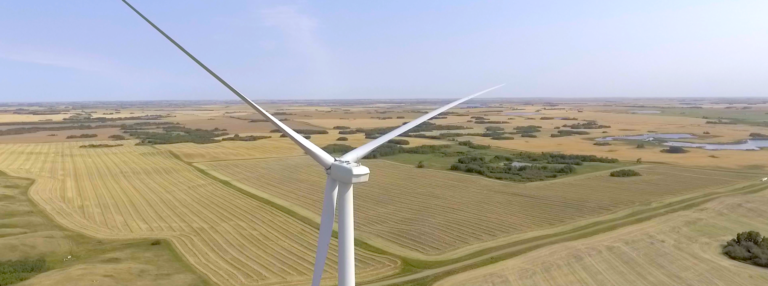Project Location
The Bolsover Storage Project is proposed on approximately 25 acres in the Kawartha Lakes region.
Project Development
With decades of experience, we have a team of internal experts to take projects from conception and make them a reality. Our team works in close consultation with government agencies and key stakeholders to site, build and operate our facilities responsibly. To learn more about our approach to project development, click here.
We are committed to engaging stakeholders in the decision-making process for the project. We believe that trust is the foundation for long-term successful relationships, and we know that trust is only earned over time, by working together with honest and transparent communications.
For more information on the Bolsover Storage Project, please email us at projects@bluearth.ca or call 1-844-214-2578.
Public Community Meeting
We hosted a community meeting on November 22 for the public to learn more about the Bolsover Storage Project and meet our team. All materials presented can be found below.
Additional Resources
Frequently Asked Questions
Energy storage is the concept of capturing and retaining energy at one point in time, so that it can be used at another point in time.
The most common forms of energy storage technologies are battery, pumped hydro, compressed air, and flywheel. Batteries, specifically lithium batteries, represent the most scalable form of energy storage technology because they can be installed nearly anywhere, have a small footprint, and are relatively inexpensive.
Energy storage helps balance supply and demand on the electrical grid and can provide the following benefits:
- Cost Savings: Increases the efficiency and capabilities of existing electricity generation and transmission networks.
- Reliability: Provides backup power during grid disruptions and other emergencies.
- Flexibility: Energy storage can inject or extract electricity from the grid to exactly match demand patterns. This pairs well with renewable generation sources such as wind and solar.
- Lower Environmental Impacts: Relying on energy storage to regulate the electrical grid allows all generating facilities to operate more efficiently, which can reduce fuel consumption from conventional gas fired facilities.
Batteries used in energy storage last approximately 20 years, or 6,000 cycles of charging. As the battery ages, the performance will gradually decline with time and based on the frequency in which it charges. As batteries age, their storage capacity decreases, similar to batteries used in everyday electronics such as your smartphone. To compensate for this aging process, batteries can be replaced or additional batteries can be added to maintain overall storage capacity.
Once the storage facility has reached the end of its usable life, the facility will be decommissioned. Decommissioning includes de-energizing the facility, removing all above ground equipment and structures, and restoring the land to its prior condition. At the end of a battery’s useful life, up to 95% of the battery can be recycled for use in new batteries. Many of the metals used in batteries hold their value beyond the life of the battery, and these recycled metals can be re-sold at prices that are beginning to compete with metal from mining operations.




